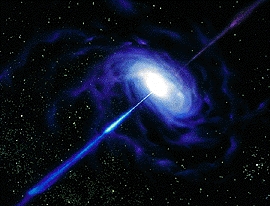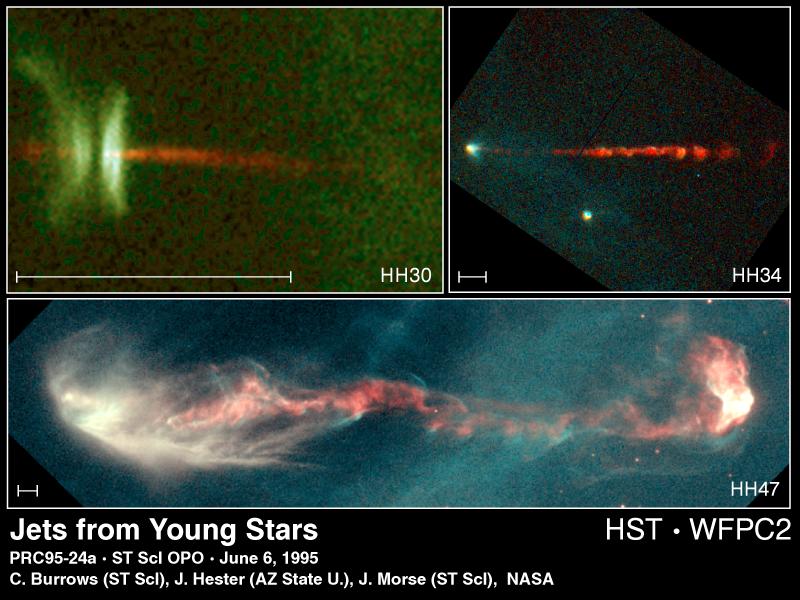The UAH Spinning Terrella Accelerator
Robert SheldonScott Spurrier






| Vacuum Chamber (redeemable from surplus) | 0 |
| Cryopump . . . . . . . . . . . . . . . . | 6000 |
| Pressure Gauges (redeemable from surplus). . . | 0 |
| Ceramic Magnet . . . . . . . . . .. . . . . . | 300 |
| Voltage Probes, Pickup Loops (can be constructed) . . . . | 50 |
| High rpm motor . . . . . . . . . . . . . . . . | 100 |
| Digital PC Volt/Ammeter . . . . . . . . . . . . | 350 |
| Voltage sources (available through surplus) . . . . . | 0 |
| PC (available) . . . . . . . . . . . . . . . . . . | 0 |
| Controller board w/software . . . . . . . . . . . . | 500 |
| Plasma sources (can be constructed) . . . . . . . . | 500 |
| UV light source (available) . . . . . . . . . . . . | 0 |
| Misc vacuum fittings and seals . . . . . . . . . . | 1000 |